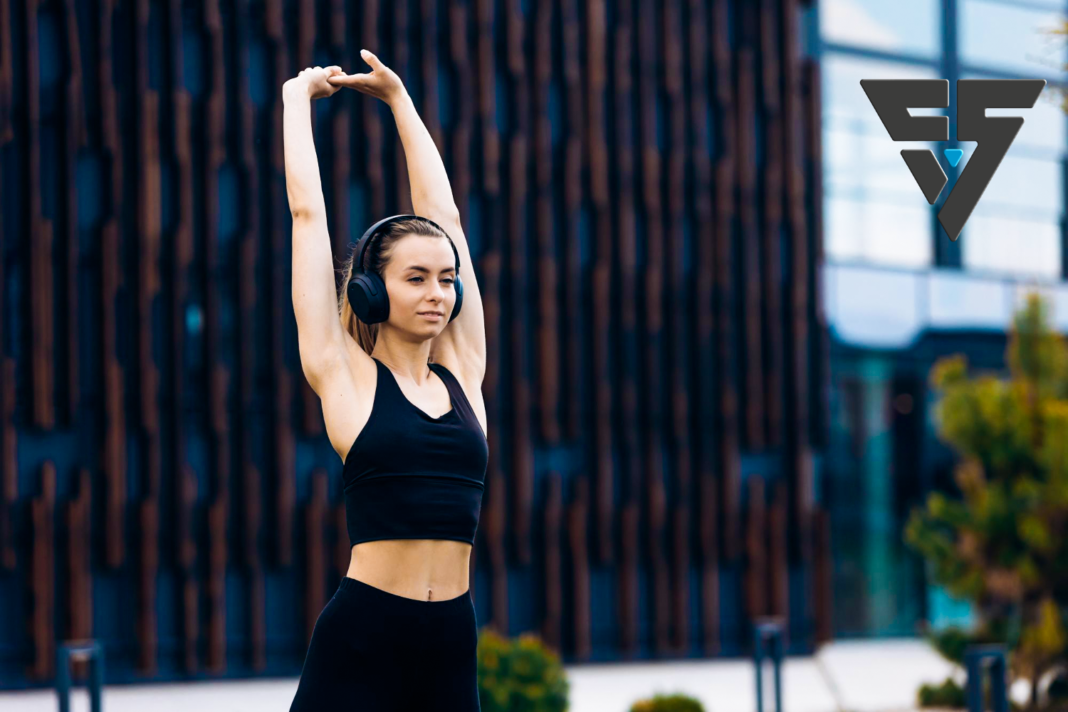Having better mobility helps improve your range of motion, allowing you to make better gains and prevent injuries. Add these 3 exercises to your warm ups!
Mobility has turned into the Antichrist for strength and size trainees across the globe, but it shouldn’t be.
The truth is, you’re only going to be as strong as your range of motion allows. As soon as you leave your comfort zone, you’ll notice a dip in strength that’s so severe it’ll be humbling.
A smart lifter knows that there should be no ‘comfort zone’. You need to be strong through as great a range of motion as possible.
Not only will having the capability to use full ROM create a stronger body, it’ll also potentiate more muscle development due to the length-tension relationship being optimized.
But before we go any further, let’s make sure we’re all on the same page. There’s a key difference that needs to be highlighted.
Hips & Shoulders
These are both ball-and-socket joints that are responsible for very large ranges of motion. They also have the most muscles crossing their joints respectively. With that said, their need for mobility and a great range of motion is maximized compared to a joint like the elbow or knee.
It’s important to notice that though there are similarities between the hip and shoulder joints, there are also some key differences. Most prominently, the hip joint is usually deeper nested than the shoulder joint. That’s why a hip dislocation is rarer than a shoulder dislocation.
Long story short, the shoulder joint is capable of slightly more range of motion and is also more susceptible to injury due to its shallower articulation. For that reason, as much as it relies on mobility, setting it up with a proper foundation of stability is essential also.
Ankles & Wrists
Not having mobile ankles and wrists may not sound like a big deal, but they can get in the way of completing movements like front squats, overhead presses, cleans or even push ups without serious compensations or pain.
These joints should also be capable of a fairly wide degree of rotation that can only act to help the body’s health.
Thoracic Spine
I saved this one for last, as it’s extremely important. It’s essential to understand that the overall health of the shoulders will directly hinge on the mobility, integrity, and overall performance of the thoracic spine.

